Blog Home
Posted by Petra on 11/15/2011 to Trailer Wheels FAQ
When you’re looking to upgrade the wheels on your trailer or you need new trailer wheel hubs, you need to know the lug pattern to determine the correct size. Typical trailer wheel sizes range from 14-to-18-inch with 4 lug, 5 lug, 6 lug or 8 lug patterns. The lug pattern measures the diameter around the circle formed by the lugs on the wheel. Two numbers designate lug patterns, the first is the number of lugs on the wheel and the second is the distance measured across from each lug, or the diameter.
It is fairly simple to measure the lug pattern on trailer wheels. The only tool you need to measure the lug pattern on a trailer wheel is a ruler or tape measure. The technique you use to measure an even number lug pattern is different from the way in which you measure an odd number lug pattern.
To measure 4 lug pattern wheels, hold the end of the ruler or tape measure at the center of one lug. Extend the ruler directly across the center of the wheel to the adjacent lug or bolt to determine the measurement. An example of a measurement for a 4 lug pattern is stated as 4 on 4 (inches).
To measure 5 lug pattern wheels, hold the end of the ruler or tape measure to the center of one bolt. Extend the ruler directly across from the bolt to the space across from the bolt, located in the center of two bolts or lugs, to determine the measurement. You can also measure odd lug pattern wheels by placing the end of a tape measure at the back of one bolt, or the side nearest the edge, skip a bolt and expand the tape measure to the center of the next bolt to determine the measurement. Boat trailers, for example, commonly have a 5 lug wheel pattern with the lugs spaced 4.5 inches apart, and are stated as 5 on 4.5 (inches).
Extend the ruler directly across from the bolt to the space across from the bolt, located in the center of two bolts or lugs, to determine the measurement. You can also measure odd lug pattern wheels by placing the end of a tape measure at the back of one bolt, or the side nearest the edge, skip a bolt and expand the tape measure to the center of the next bolt to determine the measurement. Boat trailers, for example, commonly have a 5 lug wheel pattern with the lugs spaced 4.5 inches apart, and are stated as 5 on 4.5 (inches).
To measure 6 lug pattern wheels, place the end of a ruler or tape measure in the center of one lug or bolt. Extend the ruler directly across the center of the wheel to the adjacent lug to determine the measurement. An example of a 6 lug pattern measurement on a trailer wheel is 6 on 5.5 (inches).
To measure 8 lug pattern wheels, place the end of a ruler or tape measure on the center of one lug. Extend the ruler directly across the center of the wheel to the adjacent lug to determine the measurement. The general example for an 8 lug pattern measurement is 8 on 6.5 (inches).
The general example for an 8 lug pattern measurement is 8 on 6.5 (inches).
You may hear of lug patterns, or the diameter, measured in mm. Convert inches to mm by using the formula 1-inch is equal to 25.4 mm.
Previous Post
by Mechanic
What is the bolt pattern on your trailer wheels? For the most part it doesn’t matter because you’re not changing wheels that often, yet when it does matter, it really matters. Here is some good info to measure and calculate just what that bolt pattern is.
There are actually a bunch of different hole combinations for connecting the wheels on cars, trucks and trailers. The set of holes for the bolts attaching the wheel to the axle is the “Bolt Pattern”. While it’s not usually a concern, if you get new wheels, it’s important so the new wheels fit. If the pattern is wrong, then of course, the wheel is not of much use.
While it’s not usually a concern, if you get new wheels, it’s important so the new wheels fit. If the pattern is wrong, then of course, the wheel is not of much use.
Another detail, if you ever wonder about load capacity of an axle, the bolt pattern can tell you something. It’s not exact, but in combination with other info, it may tell you something.
When trying to identify a specific bolt pattern, there are some descriptive terms worth knowing. Here are some phrases to remember (with the image to reference).
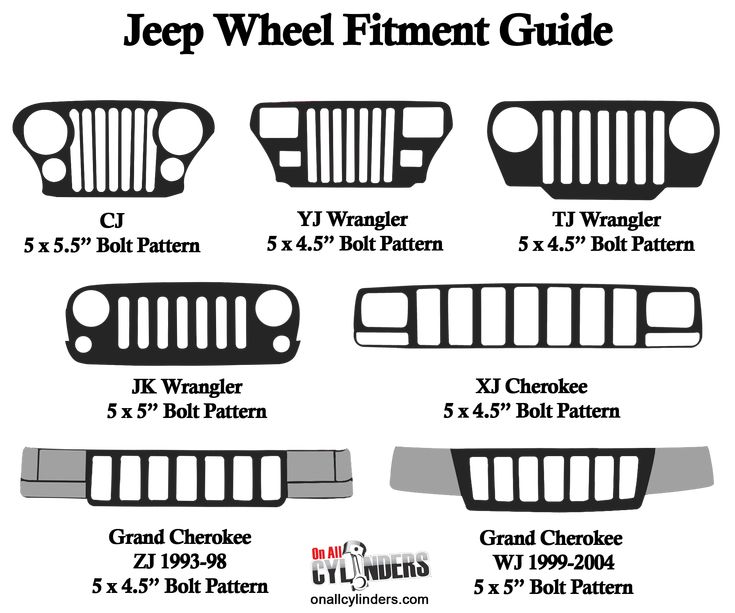
While there are a lot more terms to describe a wheel, we covered many of them in our Wheels and Tires article. That’s a good one to read as well for more info. However, in this article we’re going to focus on the bolt pattern.
A very common way to refer to the various bolt patterns is “the number of bolts” on a “bolt circle diameter”. Something like 5 on 4.5 — meaning 5 bolts on a 4.5″ diameter circle. It’s a short-hand reference, but it does the job in communication.
Some of the more common sizes for bolt patterns include: 4 Bolts on 4″ Diameter, 5 Bolts on 4. 5″ Diameter, 6 Bolts on 5.5″ Diameter, and 8 Bolts on 6.5″ Diameter. There are several others like 5 on 5 that do show up, but they are less common. Hey, there’s even some 10 bolt patterns for the heavy ones.
5″ Diameter, 6 Bolts on 5.5″ Diameter, and 8 Bolts on 6.5″ Diameter. There are several others like 5 on 5 that do show up, but they are less common. Hey, there’s even some 10 bolt patterns for the heavy ones.
Use this nomenclature when you’re shopping for wheels. It helps a lot knowing the terms. Here are some visual examples. Note that the hub hole also get’s larger as the number of bolt holes increases. That center hole also has some standards, but that is not something you need to know to order wheels.
Though it’s not specifically mentioned for most bolt patterns, the size of the bolt also matters. Most are 1/2″-20 threads, but check just to verify. Here’s another article with more info about trailer wheel lug nuts and lug bolts.
How do we measure? When you have an even number of bolts, you can often measure directly across the wheel for opposite bolts to get the Bolt Circle Diameter (BCD). That seems easy enough, but what if the wheel is mounted and the hub is in the way?
For odd numbers, or when the hub is in the way, it’s not that easy to directly measure. So, calculate it. Here’s the equation that gives an exact result based on a simple bolt to bolt measurement. (Hole to hole works too.)
So, calculate it. Here’s the equation that gives an exact result based on a simple bolt to bolt measurement. (Hole to hole works too.)
Since measurements are not always perfect, just do the calculation and round a little to the bolt pattern that makes most sense. For instance, a 5 bolt pattern is not likely to be 5 on 4.467″, but we know that a common pattern is 5 on 4.5″, so round a little, and you’ve got your answer.
Before worrying about equations, remember, the easiest way to get BCD for a bolt pattern with even numbers of bolts is direct measurement. Strait across from one bolt or hole, to the opposite bolt or hole on the other side of the hub. There are only a few standard patterns, so you don’t have to be super exact in measuring.
If you don’t want to calculate, use this table. Here are a few of the common patterns and the theoretical perfect distance between the bolts.
For odd bolt patterns — like 5 bolts — in the size we’re talking about for trailer wheels, there is a cheat method that mostly works. As an engineer, I like the direct methods above, but this measuring trick is worth knowing. It’s not exact, but it gets close — well, for these specific circumstances.
As an engineer, I like the direct methods above, but this measuring trick is worth knowing. It’s not exact, but it gets close — well, for these specific circumstances.
We have a few more articles on the subject of Axles, Wheels, and Tires. First, the Trailer Axles 101 article for an overview of axles in general. Next, the article reference above for Trailer Wheels and Tires — which is about the tire specifications. Just add the above information to the Specs for your wheels and you’ll have the full set. Then, we also have an article about when it’s time to replace trailer tires.
Thank you for joining us for the read. Have a Wonderful Day.
Product
Product
Product
Article
Whether you’re an experienced DIY builder or brand new to the party, there are often quandry’s about beam shapes. Well, I need to do this, but I only have material like that.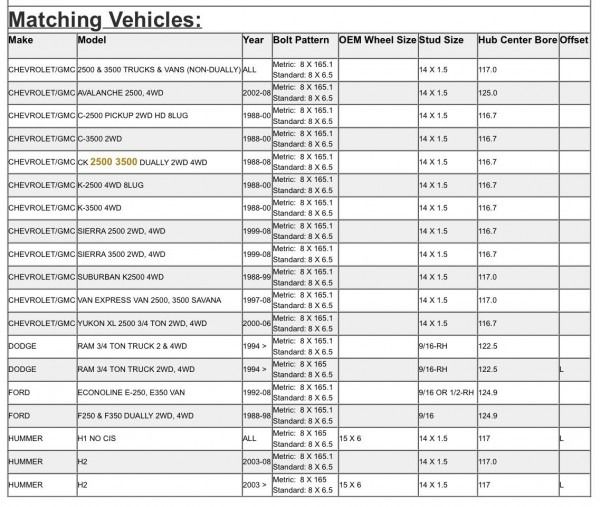 I’ll just use it
I’ll just use it
Read The Article
Product
Article
Where do you get plans for true, tough, Car Hauler trailers. After a ton of market and product study, we are stepping in and stepping up. Our niche is engineering better plans for DIY, so read on to learn about…
Read The Article
Product
A great way to both store and transport hard body boats like canoes or kayaks. It’s a simple, scalable rack that disassembles for storage, or opens to hold boats -- for storage or secure trailer transport.
See The DetailsAdd To Cart
Product
Article
“I want to build a new trailer.” That’s an awesome thing to say, and it’s even better to do. Yet, many such adventures don’t launch because of project economics? What does it cost to build?
Read The Article
Product
Meet the "Winching Pole". It’s a simple, mechanical, Out-of-the-Way Hoist Winch to make lifting with a gantry crane easy. No chains in the way. No climbing up for a come-a-long. Plans also include a simple load leveler.
It’s a simple, mechanical, Out-of-the-Way Hoist Winch to make lifting with a gantry crane easy. No chains in the way. No climbing up for a come-a-long. Plans also include a simple load leveler.
See The DetailsAdd To Cart
When buying new rims, it is necessary to pay attention not only to the diameter, but also to its other parameters, including the bolt pattern. This parameter is hidden behind the abbreviation PCD, next to which two numbers are indicated. They indicate the number of bolted connections and the diameter of the circle that is inscribed in their center. So, how to find out the bolt pattern of the disk yourself and what threatens the installation of an incorrectly selected part.
How to determine disk bolt pattern. If the marking is preserved, it is easiest to decipher it. It's easy to do. For example, the disk contains the following data R14 5.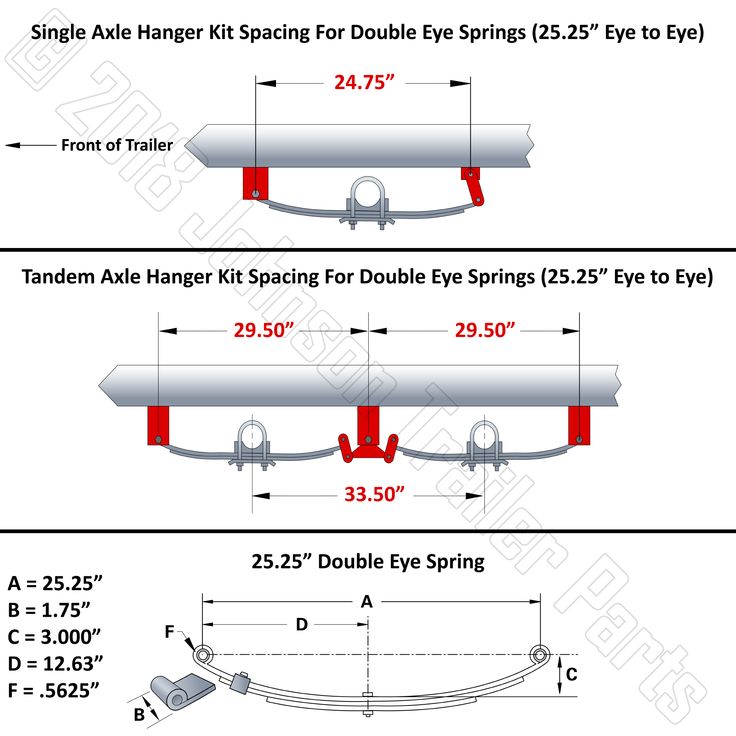 5J 4x100 DIA54.1 ET45, where:
5J 4x100 DIA54.1 ET45, where:
R14 - indicates the diameter of the disc in inches;
5.5J - the width of the disc, the letter J indicates that this disc can only be used on cars with mono-wheel drive, that is, front- and rear-wheel drive cars. Wheels for cars with all-wheel drive are marked JJ. Additionally, the letter X is used to designate cast or forged models.
4x100 - bolt pattern, in passenger cars, discs can be mounted on 3-6 studs. The following values of the inscribed circle are most common: 98, 100, 108, 112, 114.3, 120, 139.7.
DIA54.1 - diameter of the central inlet;
ET45 - disk offset. In this case, the disc has a positive overhang. If this parameter is negative, a "-" sign is placed in front of the numerical value. At zero overhang, manufacturers indicate "0". Departure affects the position of the mating plane, if you install disks with a different parameter, this will lead to a change in the value and direction of the forces that act on the car's suspension.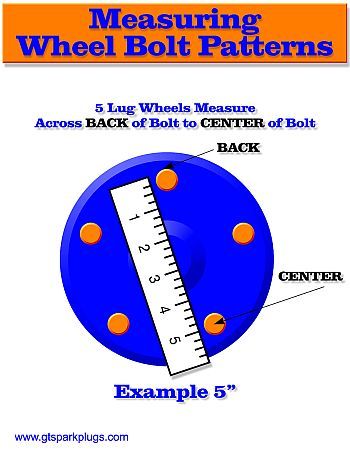
Thus, on these disks there is a bolt pattern for 4 disks with a diameter of the circumference drawn from the edge of the mounting holes equal to 100 mm.
In addition, the PCD is always listed on the vehicle's data sheet. For example, in the VAZ-2106 model, this parameter is entered in the characteristics as "Diameter of the location of the holes for the wheel bolts." The value is 98, it remains only to count the number of bolt holes. For this domestic model, 4x9 bolt pattern wheels are suitable8.
The PCD varies not only by manufacturer, but also by model and year. Here are the most common values:
| PCD value | Vehicle makes and models |
| 4x98 | Fiat: Brava, 126, 124, Croma, Multipla, Tipo, Panda, Alfa Romeo: 155 and 164; Lada |
| 4x100 | Used on older Mini, BMW 3, Honda: CRX, Jazz, Accord; Kia Spectra: Opel Astra, Corsa, Ascona, Zafira; Toyota Yaris, Corolla, Volkswagen Golf: Passa, Jetta, Polo. |
| 5x100 | Audi: TT and A3, Toyota: Avensis, Celica, Carina; Skoda Octavia; Subaru: Impreza, Outback, Legacy |
| 5x108 | Ferrari, Citroen Jumper and XM, Ford Mondeo and Focus; Volvo 740, 760 and 780 |
| 5x112 | Audi: 100 CS, A4, A6, A8, S2, S4; Ford Galaxy, Mercedes: 600 SL, SLK, Vito |
| 4x114.3 | Honda: Accord, Civic Vtec; Hyundai: Sonata, Accent; Nissan: Almera, Primera, Mitsubishi: Colt, Lancer, Galant; Volvo V40 and S40; Daewoo Matiz |
| 5x114.3 | It is used on some "Americans", on old Mazda models, on Honda CRV, Toyota RAV4, Lexus |
| 5x115 | Used on most models from American manufacturers |
| 5x120 | Rolls Royce, Range Rover |
| 5x139.7 | UAZ, Chevrolet Niva |
Only the most common bolt patterns are shown.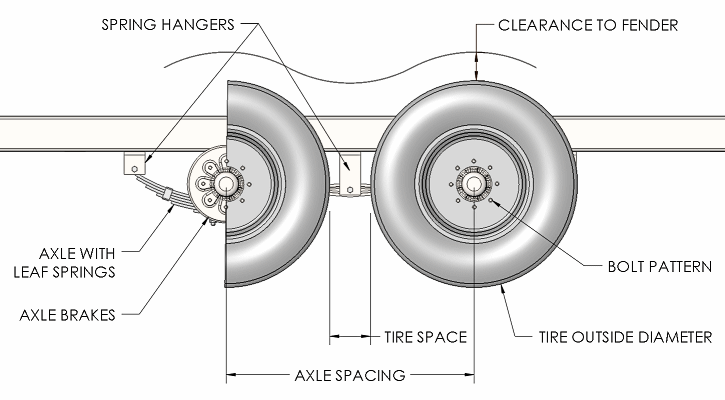 Before purchasing a disc, you must set this parameter specifically for your car.
Before purchasing a disc, you must set this parameter specifically for your car.
How to find out the bolt pattern of a car disk? It can't be done by eye, it's almost impossible to distinguish PCD 4x98 from 4x100 visually. If there is no registration certificate at hand, and the marking has been erased, you will have to stock up on a caliper. First of all, you need to determine the number of bolts. This is a banal count of their number. Next, you need to determine the diameter of the circle described around the mounting holes. This is already a little more difficult to do.
PCD for discs can be for 3, 4 or 5 bolts. How to understand the disc bolt pattern, based on the number of mounting holes, the procedure changes somewhat.
How to find out the bolt pattern of a 5-bolt disk? This method is universal and suitable for measuring PCD with any number of bolts, only the formula is replaced during calculations.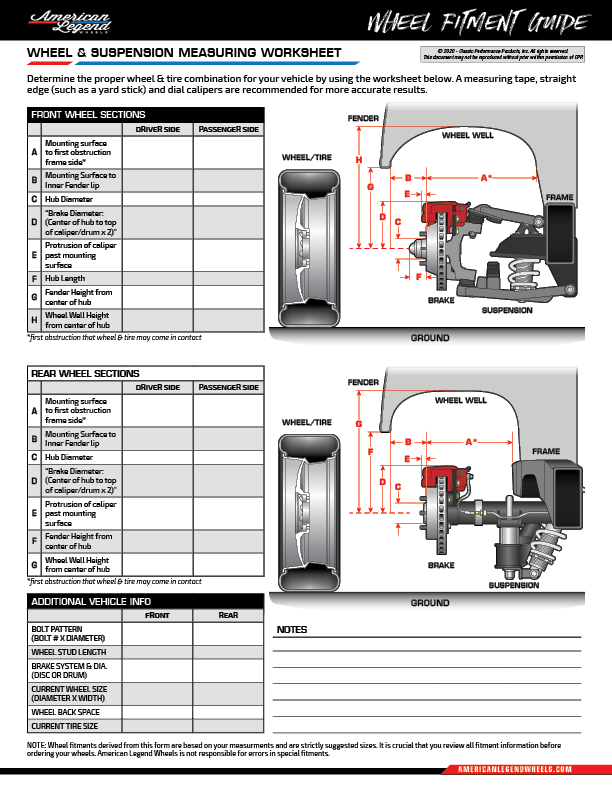 You will need a caliper to take the measurement. If you use a ruler, the measurement error will be too large.
You will need a caliper to take the measurement. If you use a ruler, the measurement error will be too large.
Follow the instructions below:
For measurements, two adjacent holes are taken, the distance from the nearest edges is measured;
The diameter of the hole is measured;
The value of the distance and diameter is added;
Further, to calculate the diameter of the circle of the centers of the mounting holes, you must use the formula.
How to find out the bolt pattern of a disc with 5 holes, for this the formula is used:
X * 1.701, where x is the calculated distance between the centers of the two holes.
For three bolts, the formula is: X*1.155.
For a disc with four bolts, the PCD parameter can be obtained by multiplying the distance between the centers of the mounting holes by a factor of x1.414, that is, the formula is used: X * 1.414.
For example, the disc has five mounting holes.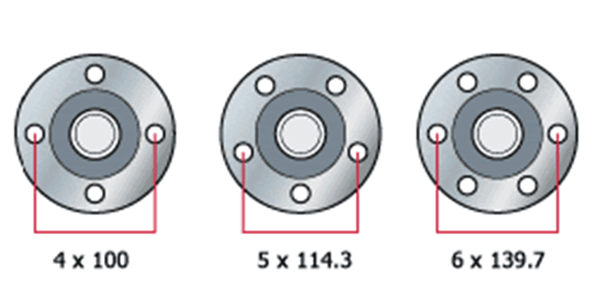 The calculation revealed that the distance between the center points of adjacent mounting holes is 63.5 mm. To calculate the diameter, this value is multiplied by 1.701. As a result, the PCD value for the disk is 108.
The calculation revealed that the distance between the center points of adjacent mounting holes is 63.5 mm. To calculate the diameter, this value is multiplied by 1.701. As a result, the PCD value for the disk is 108.
How to find out the bolt pattern of a disc for 4 or 6 bolts. This method is only suitable for discs with an even number of holes. To do this, you need to measure the distance from the extreme point of two opposite holes. For example, for the VAZ 2104, this parameter is 85 mm. Next, we measure the diameter of the mounting hole, for this model it is 13 mm. We add both obtained values \u200b\u200b- we get 98 mm. Total, PCD VAZ 2104 is 4x98 mm. You can simplify the measurement by taking measurements directly from the edges of the mounting holes. However, this method is not particularly accurate.
The following types of rims are found on the market:
Steel, they are stamped;
Cast from light alloy metals;
Forged.
How to find out the bolt pattern of stamped wheels? Steel discs are the most common option, this is due to the cost of such models, as well as the possibility of straightening work. The bolt pattern of such a disk must exactly comply with the standards established by the manufacturer.
Alloy wheels are considered less durable. Since light-alloy metals are characterized by lower strength, the selection of components must be approached especially carefully. How to find out the bolt pattern of an alloy wheel? For this, the same method is used as for other varieties.
Forged wheels are considered the strongest and heaviest. They are made in special workshops using technologies similar to those used in the aircraft industry. They take direct hits well. Motorists often put them on for driving in extreme conditions.
Unfortunately, when buying, not all motorists are wondering how to find out the wheel bolt pattern.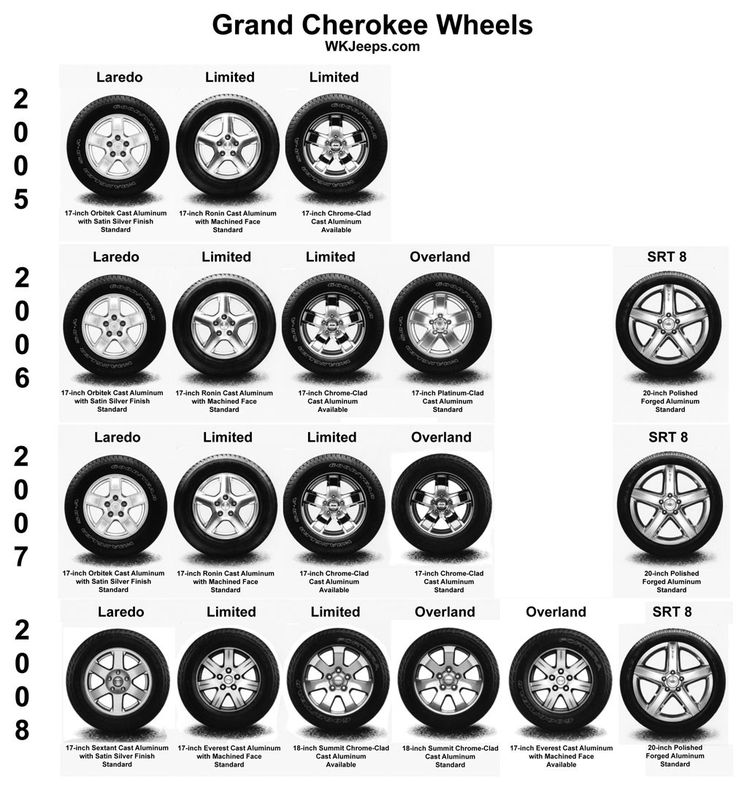 Ignoring this parameter can lead to sad consequences. Establishing the presence of a problem visually is quite problematic.
Ignoring this parameter can lead to sad consequences. Establishing the presence of a problem visually is quite problematic.
When tuning their car, many motorists try to choose wheels not according to technical parameters, but based on their appearance. Often a situation arises in which the bolt pattern discs fit only approximately.
On the Internet, you can find compatibility tables for disk models from various manufacturers, but this data should not be directly trusted.
Some masters offer to “adjust” the parameters of the car to new rims, in which the PCD value differs from the standard one in a big way. During installation, centering rings are usually used. However, the effectiveness and safety of this method is controversial. Rings can be made of aluminum or plastic. Although manufacturers claim that materials are used specially designed for loads, the presence of an additional element in the wheel fastening system gives an additional possibility of weakening the structure and, if the ring splits, can lead to an accident.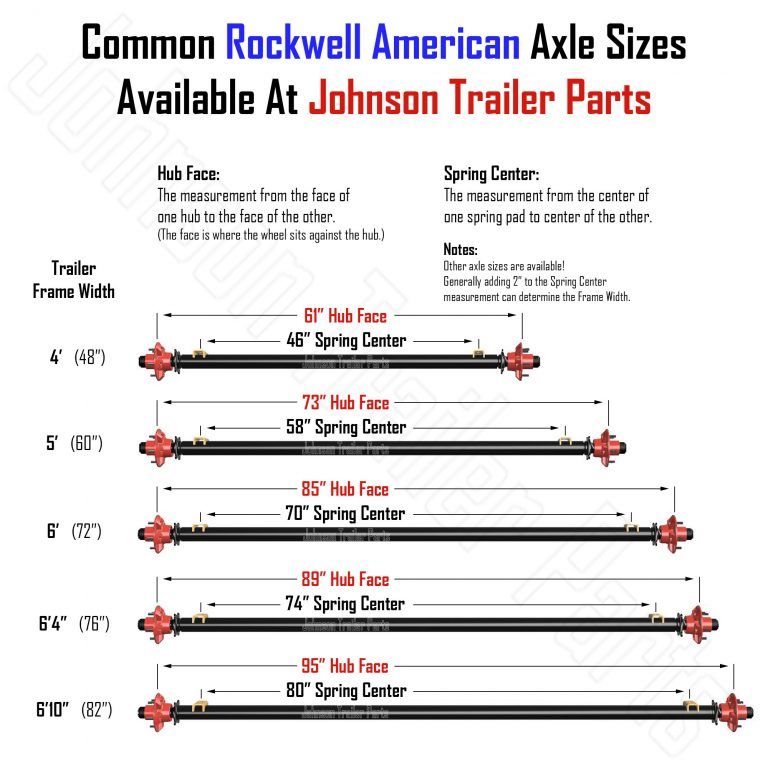
Fitting rims with the wrong PCD can cause:
Strengthening the beating of the wheels;
Suspension or steering damage;
Wheel spinning while driving.
Even if the wheel is centered, the chamfers of the bolt studs will not fit snugly into the disc seats. For this reason, the stress in the metal increases, which accelerates the wear of the holes. In addition, there is always a risk of "losing" the wheel right in the direction of travel.
Our company AUTO-KREPEZH has a large selection of wheel nuts, from the simplest to exotic options. which must match the threads of the threaded studs or threaded holes in the wheel hub. __________________________________________________ Selection of wheel fasteners according to car models We are engaged in the production and sale of wheel fasteners, wheel locks. We collected all the necessary information with such trepidation and care, so that our client could not make a mistake in choosing the right product for him.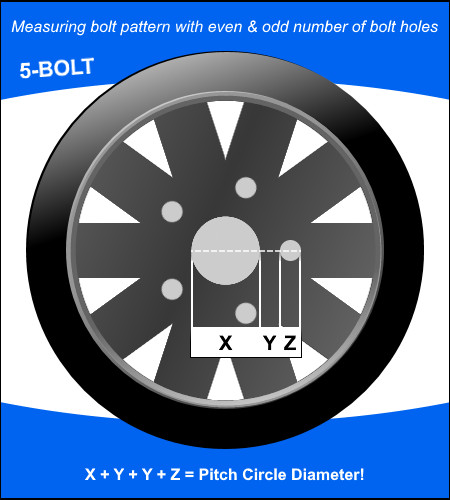 ____________________________________________ 📞 CALL OR WRITE US RIGHT NOW TO GET PROFESSIONAL ADVICE OR PLACE YOUR ORDER. 📷 WITH PLEASURE WE WILL SEND A PHOTO AND VIDEO OF THE PRODUCT, ON REQUEST! ADVANTAGES OF OUR STORE: - Professional consultation before buying - Delivery around the city - Sending to any city by a transport company - Any form of payment convenient for you - Large selection of fasteners and accessories .1 Car shopping center, pavilion 19(on the ramp, without entering the shopping center) We work without breaks and weekends from 9.00 to 20.00 / on weekends from 9:00 to 19:00 _________________________________________________ Our assortment includes more than 3000 items. And it includes fasteners for all foreign and domestic cars - these are wheel bolts, wheel nuts, wheel studs, fittings, nuts for spacers. Chevrolet: Matiz, Spark Great Wall: Deer, Hover Infiniti: I35, Q45, QX56, QX4, EX35, EX37, FX35, FX45, FX50, G35 Coupe, G35 Sedan, G37, M35, M45 Lada: Niva Nissan: Altima, Armada , Navara, NP300 Pick Up, Quest, Sentra, Teana, Tiida, X-Terra, Z, Almera, Almera Tino, GT-R, Maxima, Murano, Pathfinder, Patrol, Primera, Qashqai, Qashqai+2, Terrano, X- Trail, Skyline Renault: Koleos Subaru: Traviq, Forester, Impreza, Justy, Legacy, Outback (1997-2008), B9 Tribeca Suzuki: Alto, Baleno, Grand Vitara, Ignis (-2004), Jimny, Liana, Splash, Swift(-2004), Wagon-R+ (Solio) M12x1.
____________________________________________ 📞 CALL OR WRITE US RIGHT NOW TO GET PROFESSIONAL ADVICE OR PLACE YOUR ORDER. 📷 WITH PLEASURE WE WILL SEND A PHOTO AND VIDEO OF THE PRODUCT, ON REQUEST! ADVANTAGES OF OUR STORE: - Professional consultation before buying - Delivery around the city - Sending to any city by a transport company - Any form of payment convenient for you - Large selection of fasteners and accessories .1 Car shopping center, pavilion 19(on the ramp, without entering the shopping center) We work without breaks and weekends from 9.00 to 20.00 / on weekends from 9:00 to 19:00 _________________________________________________ Our assortment includes more than 3000 items. And it includes fasteners for all foreign and domestic cars - these are wheel bolts, wheel nuts, wheel studs, fittings, nuts for spacers. Chevrolet: Matiz, Spark Great Wall: Deer, Hover Infiniti: I35, Q45, QX56, QX4, EX35, EX37, FX35, FX45, FX50, G35 Coupe, G35 Sedan, G37, M35, M45 Lada: Niva Nissan: Altima, Armada , Navara, NP300 Pick Up, Quest, Sentra, Teana, Tiida, X-Terra, Z, Almera, Almera Tino, GT-R, Maxima, Murano, Pathfinder, Patrol, Primera, Qashqai, Qashqai+2, Terrano, X- Trail, Skyline Renault: Koleos Subaru: Traviq, Forester, Impreza, Justy, Legacy, Outback (1997-2008), B9 Tribeca Suzuki: Alto, Baleno, Grand Vitara, Ignis (-2004), Jimny, Liana, Splash, Swift(-2004), Wagon-R+ (Solio) M12x1.